
Overview
The average grocery store sells 38,718 items. Like many shoppers, I usually buy the same 30 or so things every week, ignoring the other 38,688 options. Some of those options are just, well, weird. Millet? What's that? Turkey neck? Gross. Chicken liver? No thanks, grandpa. But recently I'd spoken to nutrition experts who told me that varying the foods you eat can be good for your health. So I decided to take a closer look at all of those weird foods I'd never dream of eating. Should I try them? I wondered. Just how many different foods should I be eating in a week, anyway?
Turns out the answer is 35, according to Nancy Clark, registered dietician and author of "Nancy Clark's Sports Nutrition Guidebook." Eating a diverse array of healthy foods means you're taking in more nutrients from different types of fibers, fats, phytonutrients, plant nutrients, vitamins and minerals, says sports dietician Leslie Bonci, author of "Sport Nutrition for Coaches." And nutrition consultant Pamela Nisevich Bede of Swim, Bike, Run, Eat recommends "eating the rainbow," which I assumed meant fresh foods and not Skittles. So while the foods seem kinda odd to me—and to our nutritional experts, none of whom copped to eating them—they can deliver benefits you might not currently be getting in your diet.
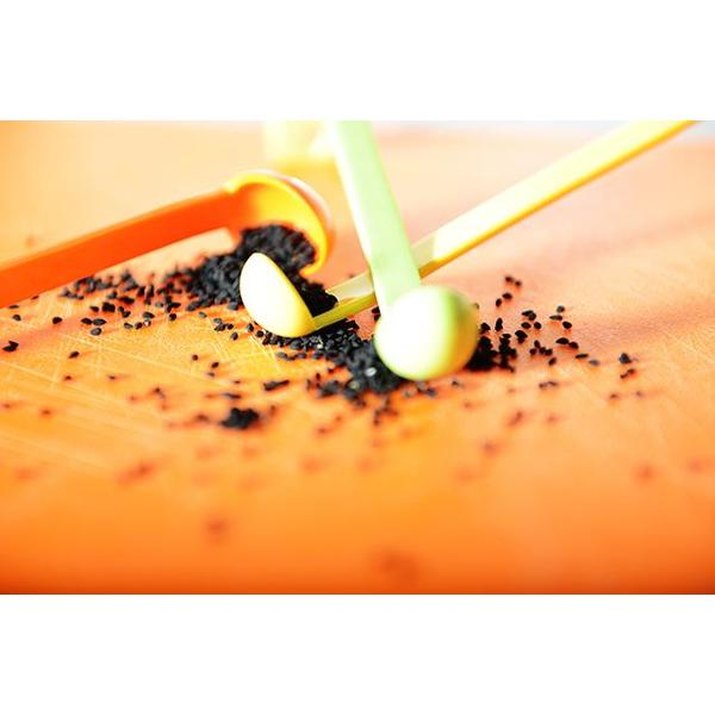
Carraway Seed
THE ROYAL SPICE: European in origin and often used by the British and Germans in desserts, Caraway seed contains fiber, iron, zinc, magnesium and vitamin C. It's a seed, so to realize any significant benefit you'd have to eat several tons of caraway seed cake—which many Americans attempt to do while vacationing in England. But it certainly wouldn't hurt to add this healthy seed to your diet. Besides the extra nutrients, by eating it you'll be able to pause at a dessert and ask, "Does this have caraway in it?" When you do, a fancy British person might take a shine to you and invite you to his country estate for tea and shooting at foxes.

Raw Catfish Nuggets
MCDONALD'S OF THE SEA: While raw catfish nuggets might not be common where you live, but I currently reside in rural Ohio where it would be weird NOT to see things like raw catfish nuggets at the seafood counter. Turns out, the locals know what's up. Catfish are loaded with protein, selenium and phosphorous. Selenium is essential to good health. It is incorporated into proteins to make selenoproteins, important antioxidant enzymes that are good for your cells –which is the healthiest thing anyone has ever written about a nugget.
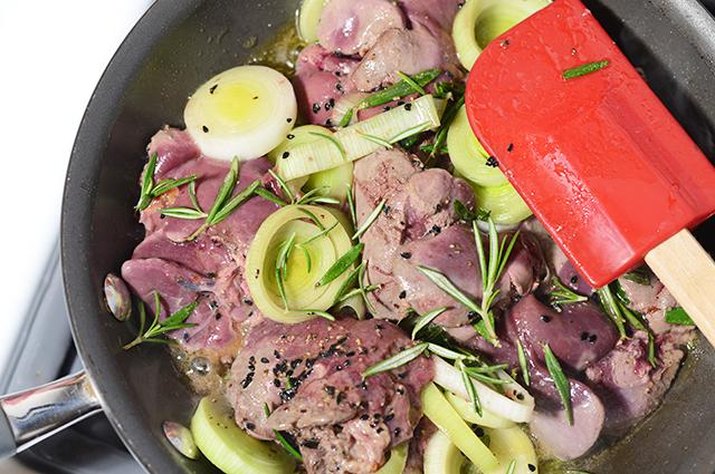
Chicken Liver
THE HOBO POWERBAR: Chicken liver is what I imagine hobos dreamed of all day while napping off a gin bender in a field behind an old mill. Chock full of iron and vitamins A and B12, chicken liver gave hobos the energy they needed to jump trains, swipe pies and do a day's work for a day's pay. As every hobo knows, vitamin A is good for your eyes, which helps your vision when you're trying to avoid a shakedown from the rail-yard bulls.
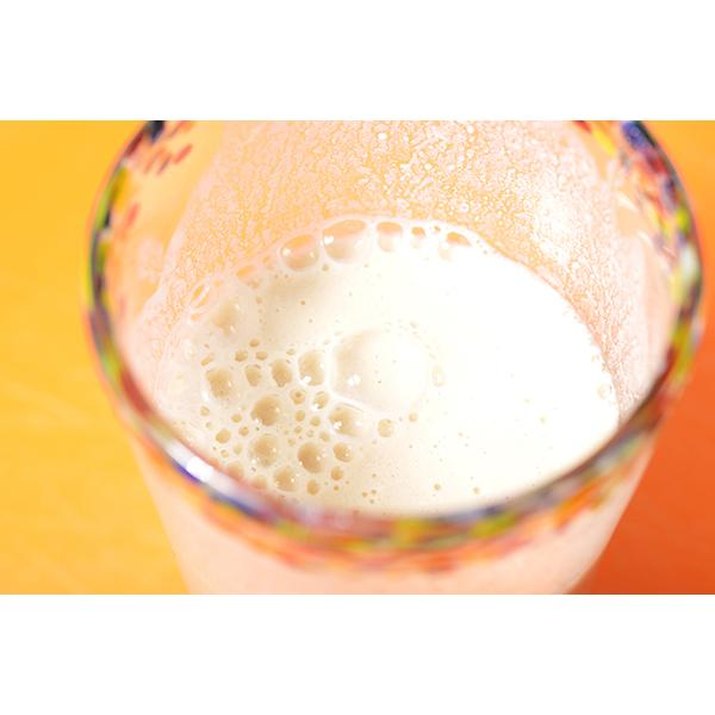
Hemp Milk
FOR BEST RESULTS DRINK AT 4:20: Hemp milk is high (get it?) in naturally occurring omega-3 fatty acids. The milk is made from the nuts or seeds of the industrial hemp plant, which is illegal for American farmers to grow, even though, as every stoner can tell you, George Washington grew hemp, man. (Makers of hemp milk get their supply from across the border in Canada.) The mainstream supermarket shopper is beginning to learn what hippies have long known—hemp is a miracle food, containing iron, calcium and other minerals, vitamins and acids. Hemp milk won't get you high, but it does come in chocolate, so it can definitely help you while you're high.
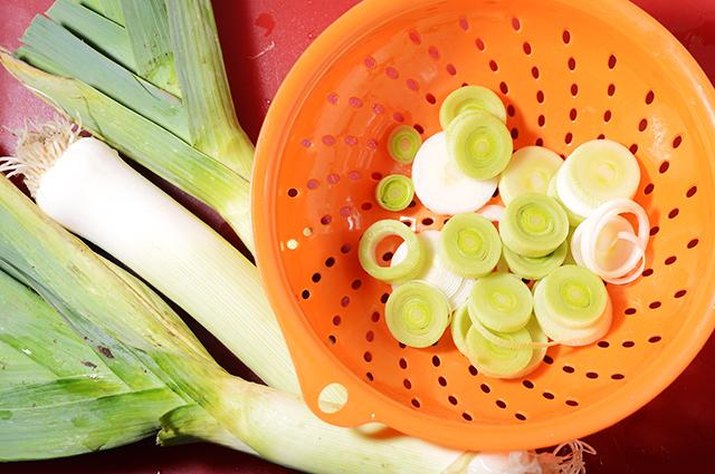
Leeks
THE ONION'S RICH COUSIN: Leeks are well-known in Europe and among the small portion of Americans who drive Priuses, shop only at Whole Foods and say things like, "Did you read David Brooks in the Times today?" These fancy-pants onions are also a distant relative of the asparagus, and they contain allium, vitamins K and C, manganese and folate. Folate helps the body make healthy new cells, which is a key factor in remaining alive.

Millet
BIRD FOOD FOR HUMANS: Millet is one of those foods someone tells you that you should be eating, and out of embarrassment you pretend like you know what it is, even though you really you have no idea. Millet is a seed found in bird food that is gluten-free (which makes it hip), and contains manganese, magnesium, fiber and phytic acid. Manganese helps the body form connective tissue, bones and sex hormones, which, as we all know, are the most important hormones of all.
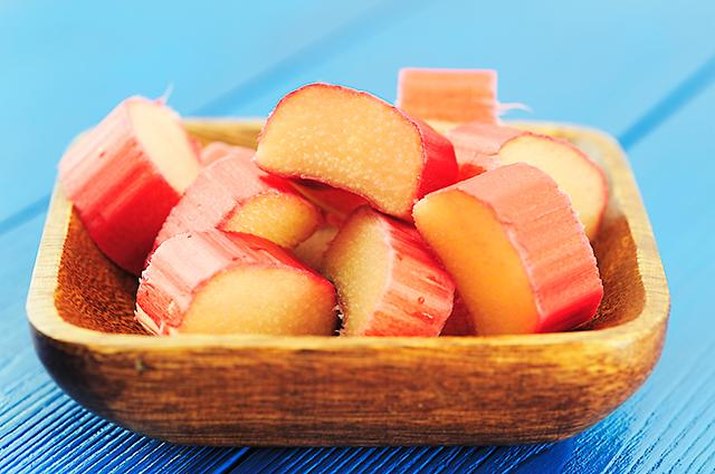
Rhubarb
IS THAT PURPLE CELERY?: Rhubarb—you've heard of it, but darned if you or anyone else under the age of 70 knows what it tastes like. Rhubarb is a purple herbaceous plant that looks like something out of Willie Wonka's garden. It contains fiber, vitamins K and B, zeaxanthin, lutein and beta-carotene, which are good for your eyes, skin and bones. So next time someone offers you rhubarb say, "What the hell is that? It looks terrible." Then eat some.
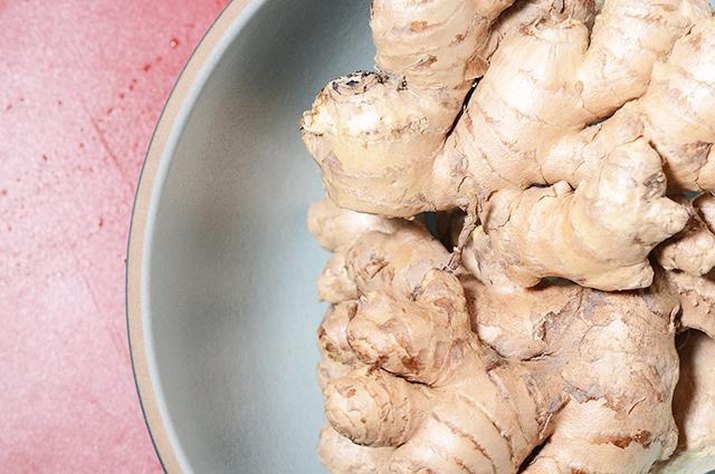
Pickled Ginger
THAT PINK STUFF YOU EAT WITH SUSHI: Served with sushi in America as a palate-cleanser, pickled ginger also is said to have medicinal benefits. In Asia it is used for the treatment of various illnesses that involve inflammation caused by oxidative stress. In America it is touted for its health benefits as an alternative medicine and is used for digestive relief, seasickness and nausea. So stock up on ginger if you plan on getting drunk on a boat.
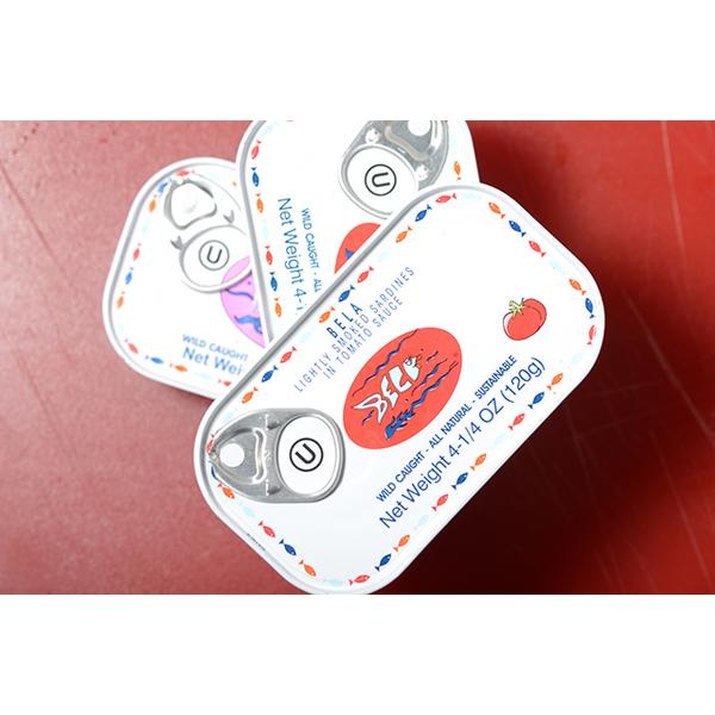
Sardines
FISH IN A CAN: Sardines are one of the few things you can buy in the grocery store that still have eyes. When you open a can, they almost look embarrassed, like, "Oh, gee, this is awkward. Look at all of in a row here. Sheesh!" Well, overcome the awkwardness and eat these little fish up because they are rich in omega-3 fatty acids and vitamin B12, which boost cardiovascular health. You want to know why your older relatives like Uncle Nuncio and Aunt Danuta all live to be 103 years old? You just found it.
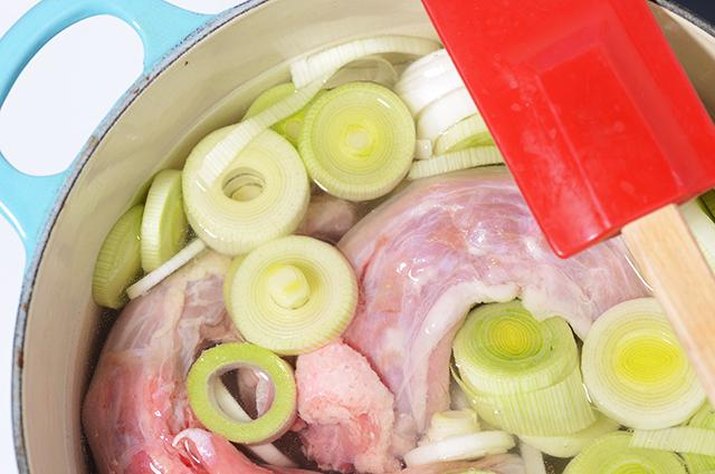
Turkey Neck
GOBBLE THE NECK: Much like the rest of the turkey, turkey neck can be used to make a variety of healthy dishes --though oddly, many people have an aversion to eating necks. We have no problem eating ham, which comes from a pig's rear. But God forbid we eat something from the input end of an animal that does not wallow in its own filth. So stop being ridiculous, pig butt eaters of the world. Turkey neck contains monounsaturated fat, potassium, protein and iron. Monounsaturated fats are the good fats that help reduce cholesterol. Of the 38,718 items available in the average grocery store, try to find as many as you can with monounsaturated fats.
Video of the Day
Video of the Day